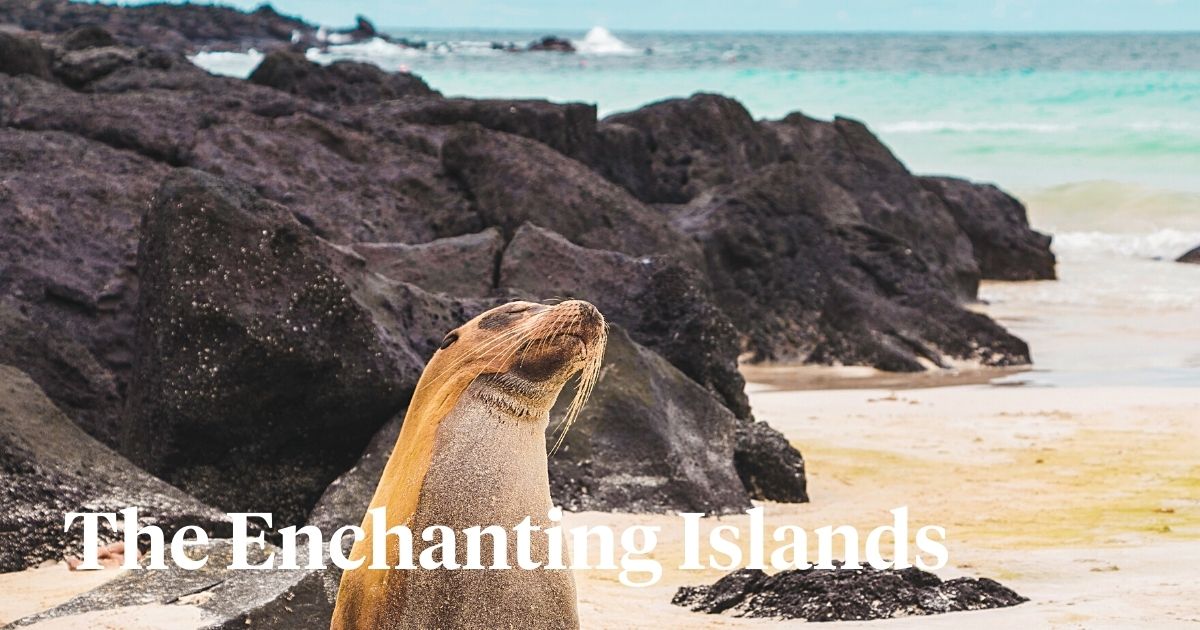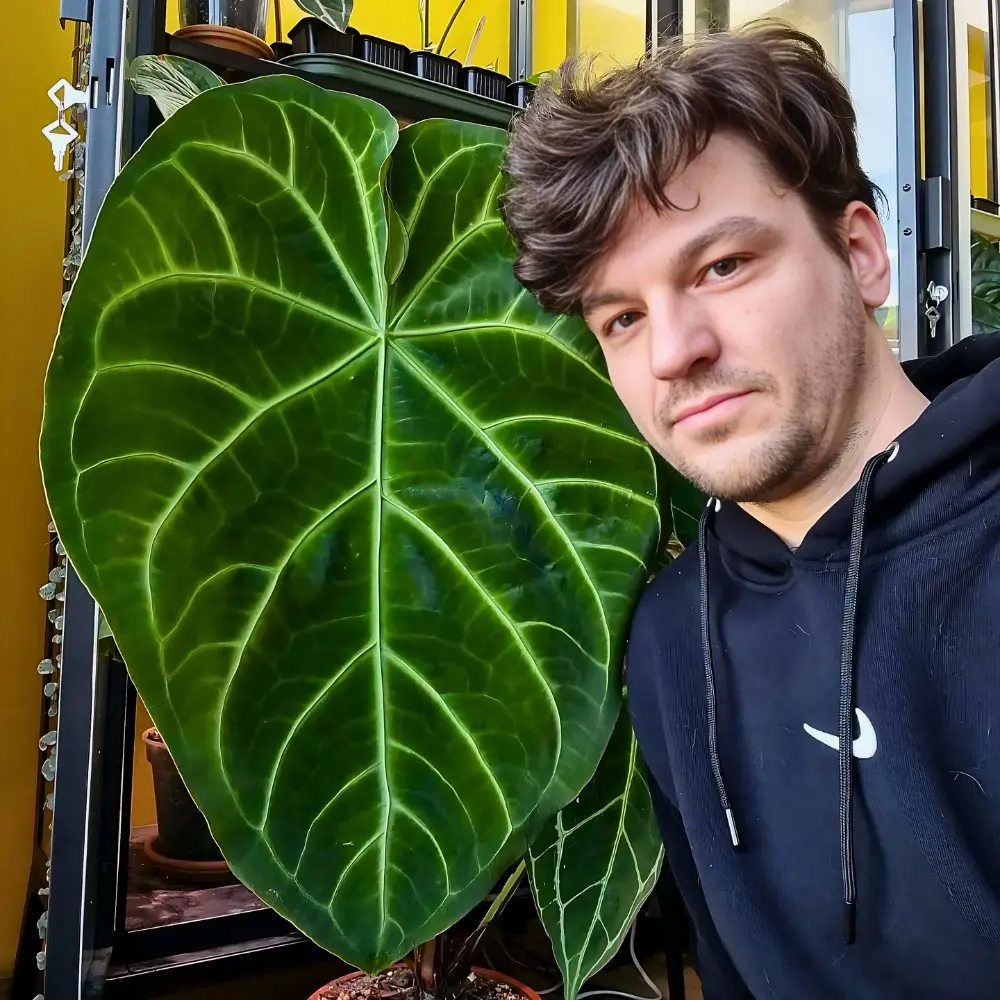The Galapagos Islands have long been known as a hub of evolution, and it is easy to see why. This chain of volcanic islands, located approximately 600 miles off the coast of Ecuador, is home to a unique and diverse range of flora and fauna, much of which cannot be found anywhere else in the world.
The Whimsical Magic of the Galapagos Islands
The incredible diversity of these islands has inspired scientists and nature enthusiasts all over the world, making the Galapagos Islands one of the most popular tourist destinations in the world. But where do these islands come from and who discovered them?
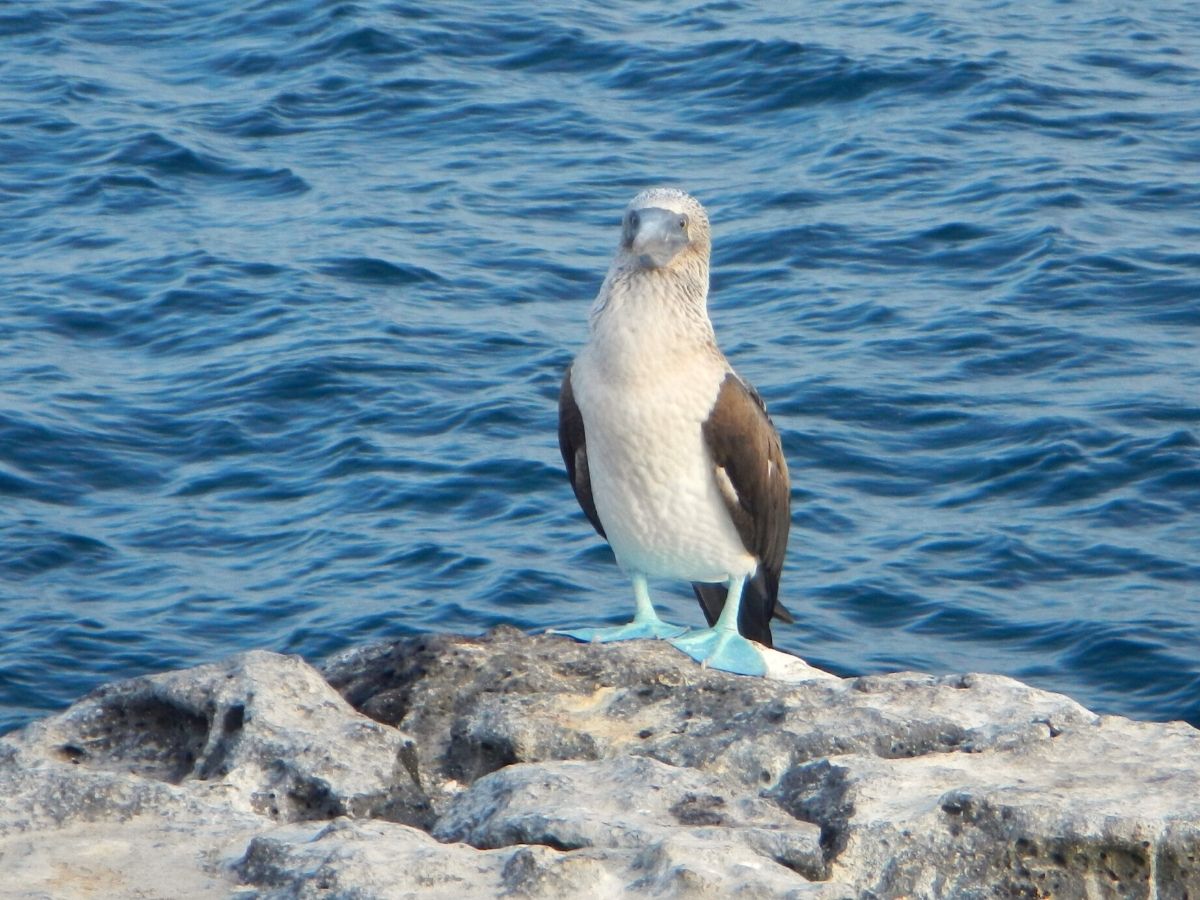
Photo: J Dean from Unsplash
You're about to find out some of the most important facts about human evolution and how these islands have shaped the world we live in today, like for example the fact that the Galapagos tortoise is the largest tortoise in the world and can weigh up to 500 pounds. These gentle giants have been known to live for more than a hundred years and are a symbol of the island's unique biodiversity. Hop on the Galapagos Islands journey!
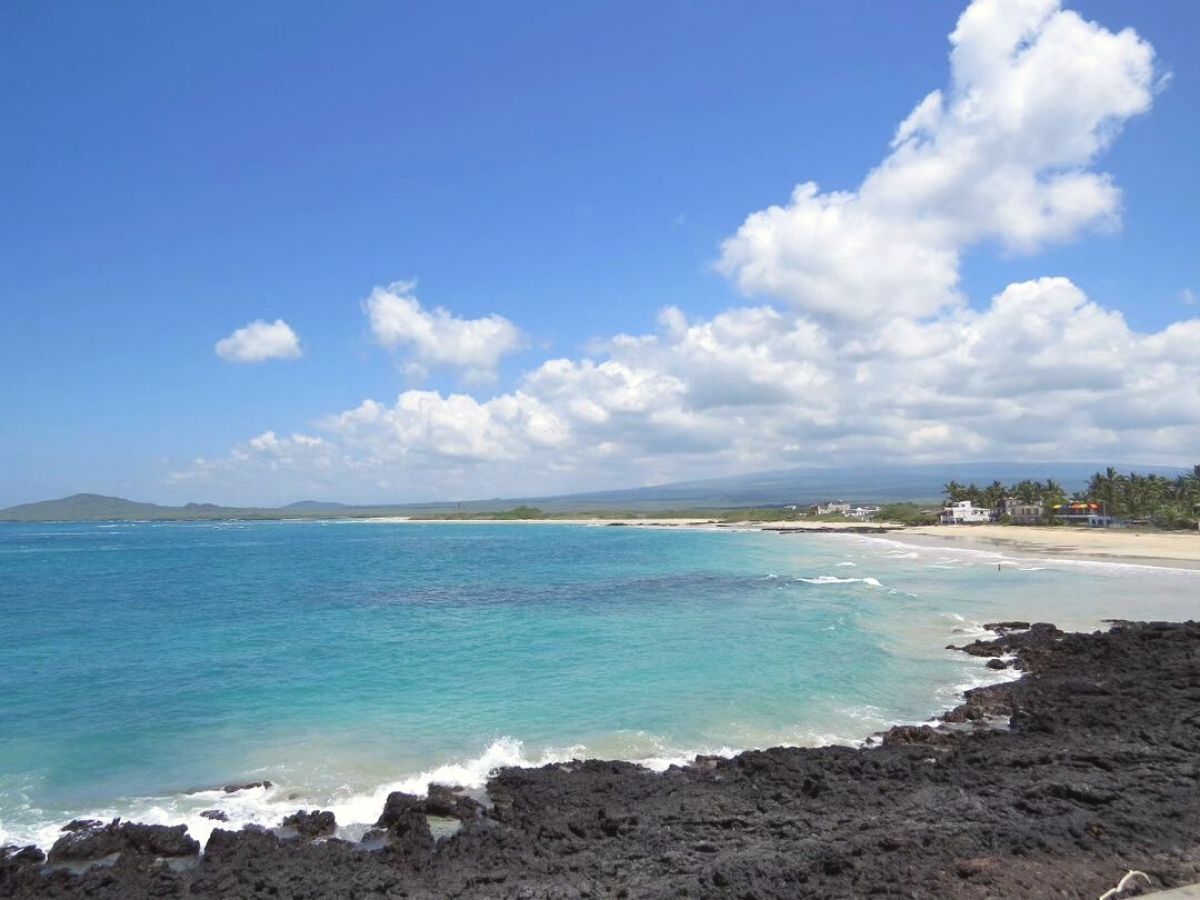
History of Evolution by Charles Darwin
The Galapagos Islands have a fascinating history that dates back millions of years. The islands were formed through a combination of volcanic activity and tectonic plate movements, with the oldest island, Española, estimated to be around four million years old.
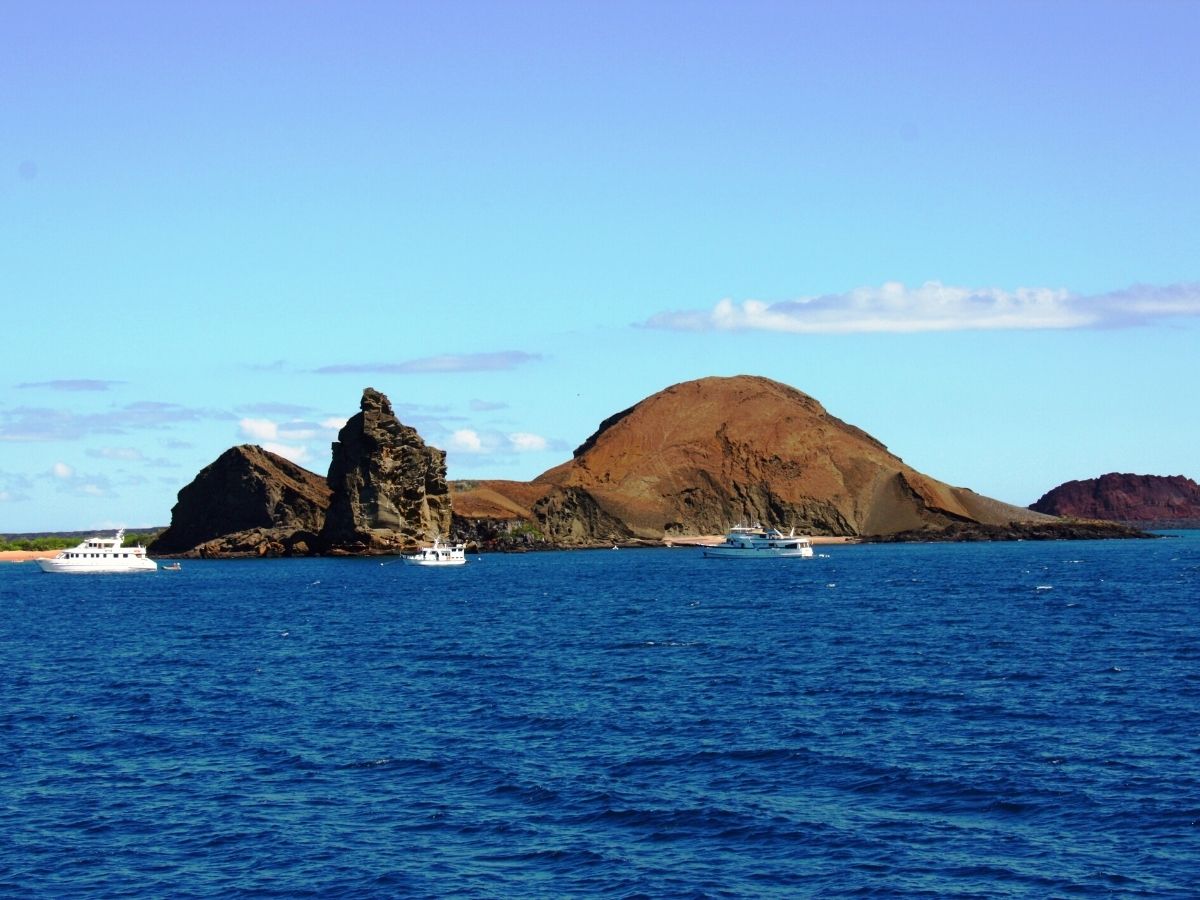
The first humans to arrive on the Galapagos Islands were likely pre-Columbian voyagers from the South American mainland. However, the islands remained largely uninhabited until the 16th century, when Spanish explorers first discovered them. For several centuries, the Galapagos Islands were used as a base by pirates and whalers, who would stop there to rest and resupply. During this time, the islands were also used as a source of fresh water and food, and as a place to hunt the giant tortoises that were found there.
In the 19th century, the Galapagos Islands began to gain attention from the scientific community. Charles Darwin, the famous naturalist and author of 'On the Origin of Species', visited the islands in 1835 during his voyage on the HMS Beagle. Darwin was struck by the unique wildlife he found on the islands, including the finches that would later play a key role in his theory of evolution.

Photo: ThoughtCo
In the early 20th century, the Galapagos Islands were formally incorporated into Ecuador, and a small settlement was established on the island of San Cristobal. Over the years, the islands have become increasingly popular with tourists, with visitors coming from around the world to experience the unique wildlife and ecosystems of the Galapagos.
Today, the Galapagos Islands remain an important site for scientific research, with researchers studying everything from the evolution of species to the impacts of climate change on the island's fragile ecosystems. Despite their long history, the Galapagos Islands continue to be a place of wonder and amazement, with new discoveries and insights still being made about this unique and fascinating ecosystem.
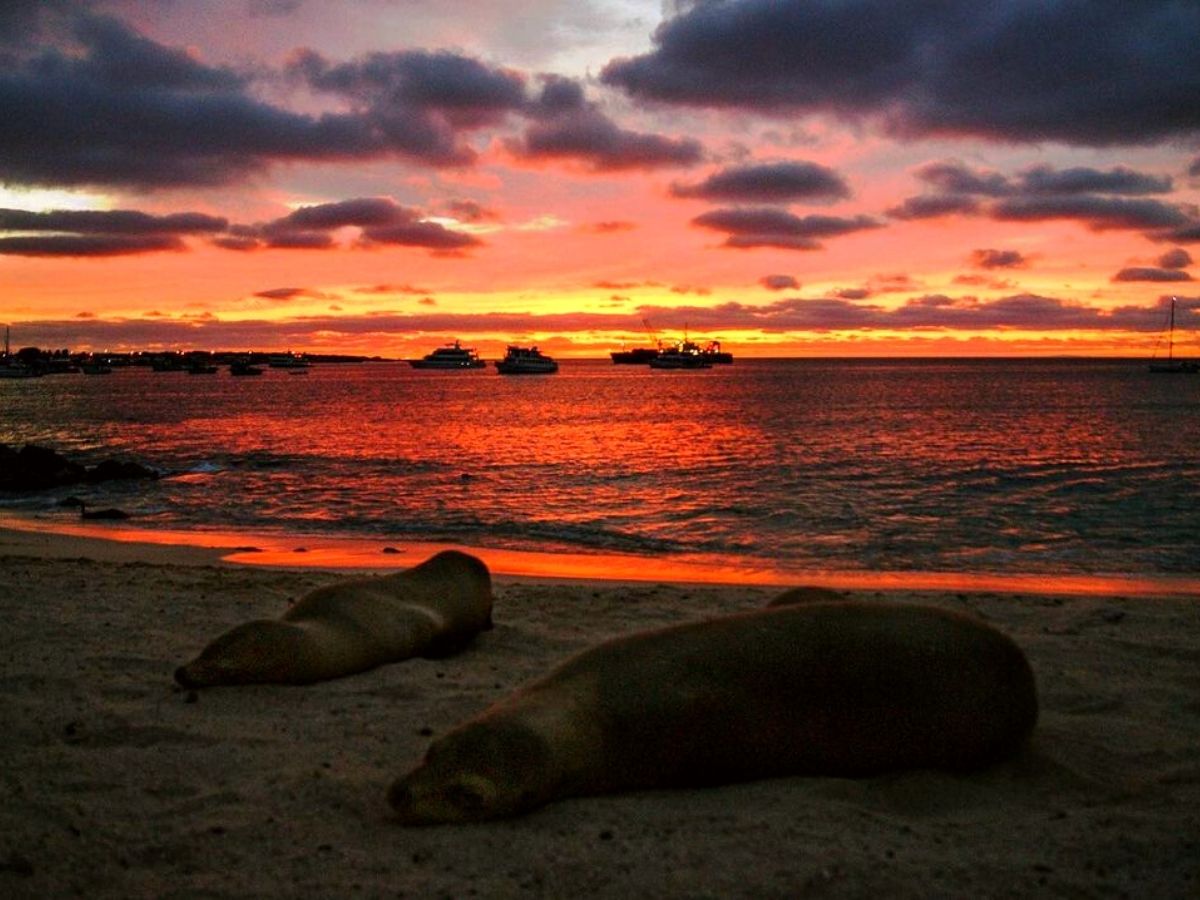
Photo: @spencearth
The Discovery of the Galapagos Islands More in Depth
The Galapagos Islands were first discovered by the Spanish explorer, Fray Tomas de Berlanga, in 1535. However, it was not until Charles Darwin visited the islands in 1835 that their unique importance to the study of evolution became widely recognized. Darwin's observations of the unique flora and fauna of the Galapagos Islands helped him to develop his theory of natural selection, which revolutionized our understanding of the natural world.
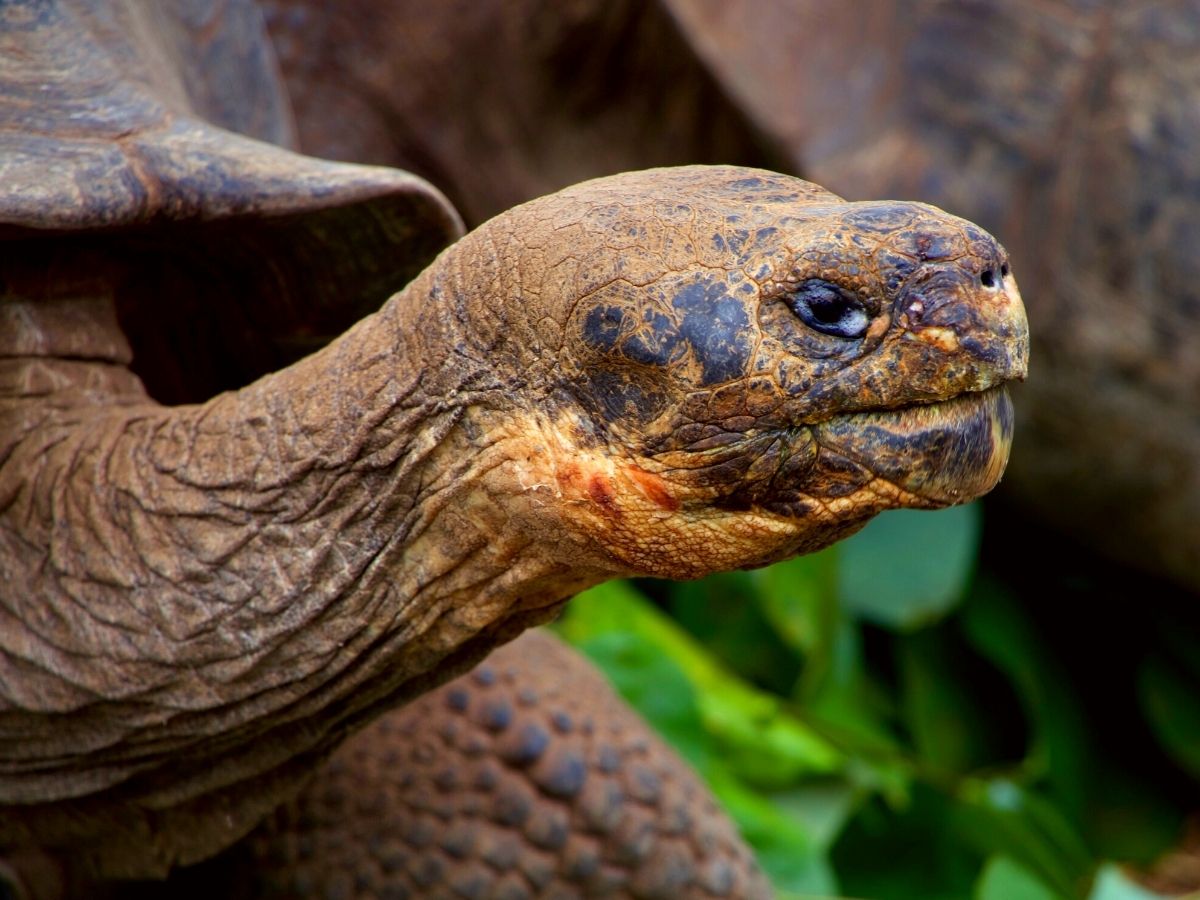
One of the most famous examples of Darwin's observations on the Galapagos Islands was his study of the finches that lived there. Darwin noted that each island had its own distinct species of finch, each with a unique beak adapted to the available food sources on that island. This led him to propose that the finches had evolved from a common ancestor and that their unique adaptations were the result of natural selection over time.
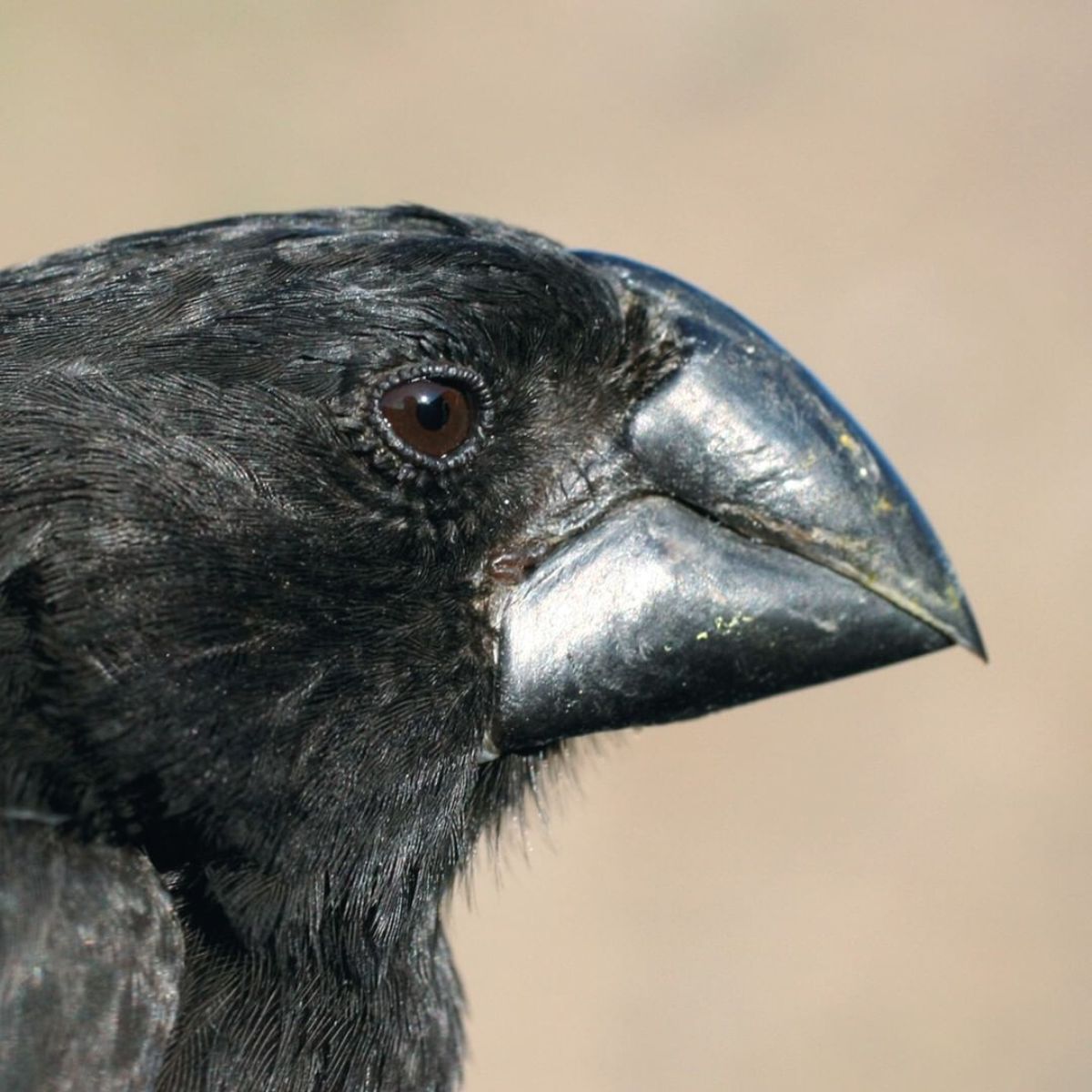
Photo: @darwinsupremacy_
Darwin's observations of the Galapagos tortoises also played a significant role in the development of his theory of evolution. The tortoises on each island had distinct shell shapes and sizes, which Darwin hypothesized were adaptations to the varying vegetation available on each island. He also noted that the tortoises' behavior differed from island to island, with some being more active and others more passive. This led him to propose that the tortoises had evolved differently on each island, adapting to the unique environmental conditions of each.
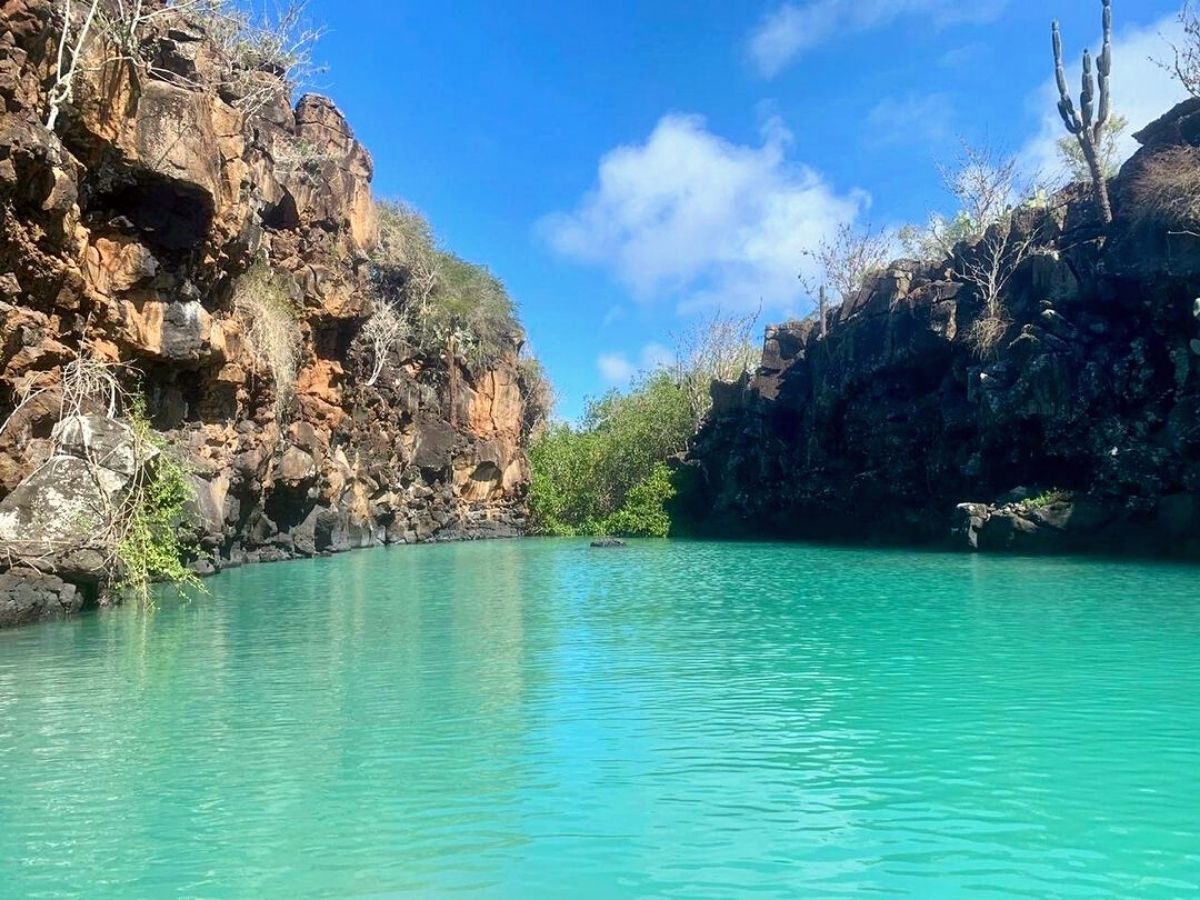
Photo: @exploreinca
Outstanding Flora Varieties Found in the Galapagos Islands
In addition to the impressive range of wildlife, the Galapagos Islands are also home to some of the most amazing flora in the world. The islands are characterized by a range of unique plant species, including cacti, ferns, and a range of endemic species. The Scalesia tree, for example, is a type of daisy tree that can grow up to 50 feet tall and is found only in the Galapagos Islands.
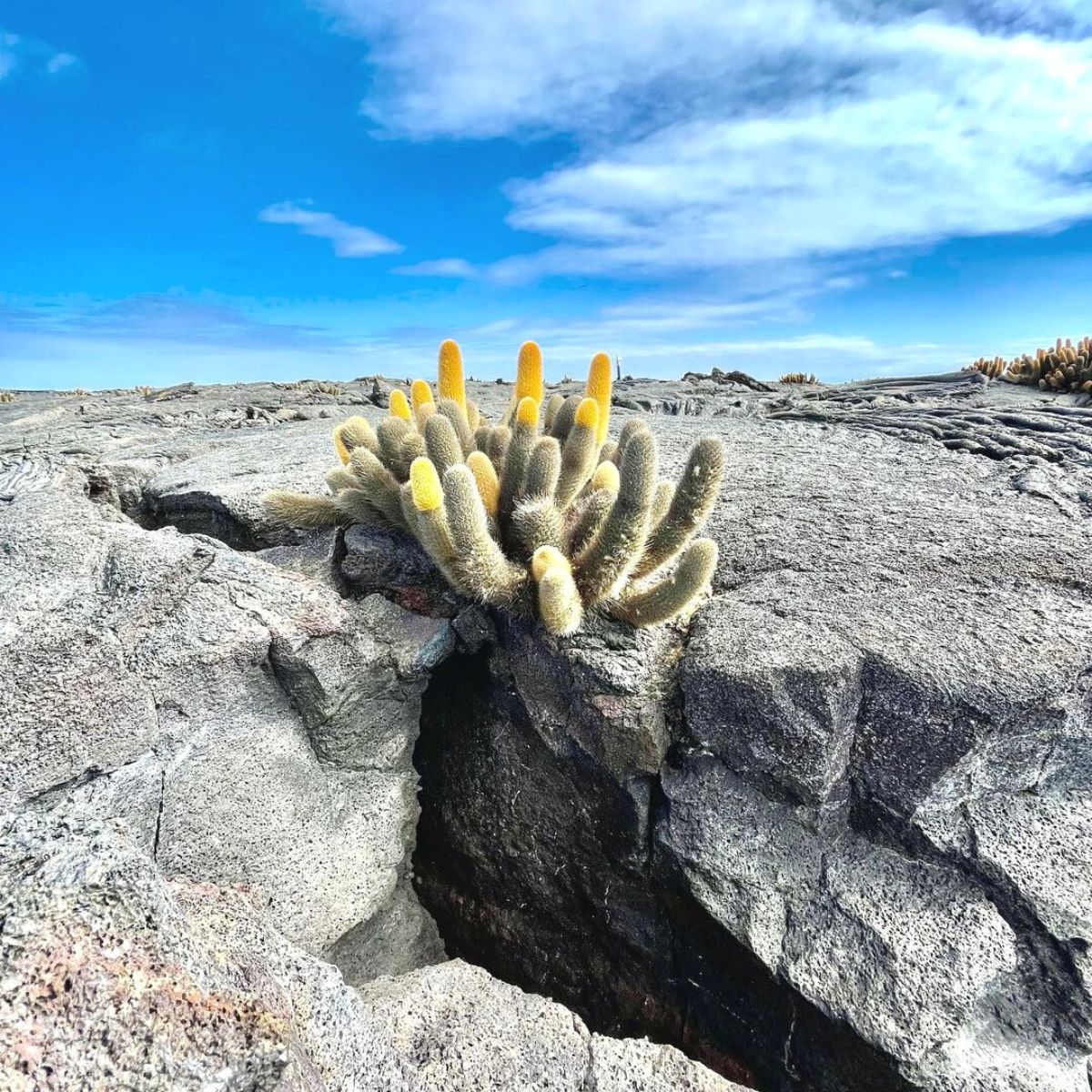
Photo: @nixter84
One of the most notable features of the Galapagos flora is the presence of many endemic species, which are plants that are found only on the islands. In fact, more than 30% of the plant species found on the Galapagos are endemic, meaning they are found nowhere else in the world. This includes species such as the Galapagos cotton, the Galapagos orchid, and the Galapagos tomato.
Another unique feature of the Galapagos flora is its adaptability. The harsh conditions of the islands, including their arid climate, nutrient-poor soils, and volcanic activity, have led to the development of many plant species that are able to survive in these challenging environments. For example, the cactus species found on the islands have evolved to store water in their stems, allowing them to survive for long periods without rain.
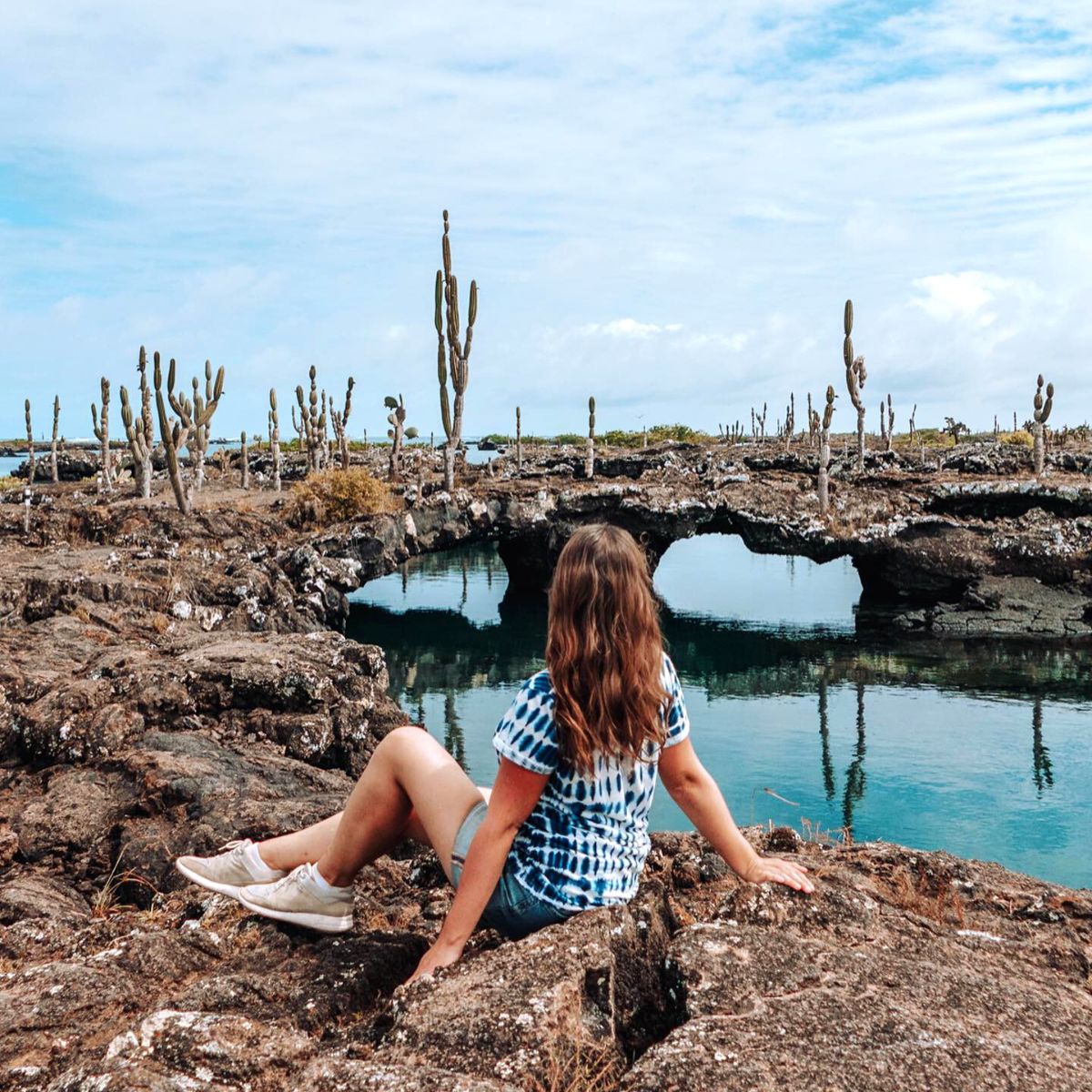
One of the Most Touristic Destinations in the World
Despite its remote location and protected status, the Galapagos Islands are not immune to the challenges of the modern world. Climate change, overfishing, and habitat destruction are just some of the threats facing the islands' unique ecosystem. To combat these challenges, the Ecuadorian government has implemented various conservation measures, including limits on tourism, strict environmental regulations, and efforts to restore damaged ecosystems.
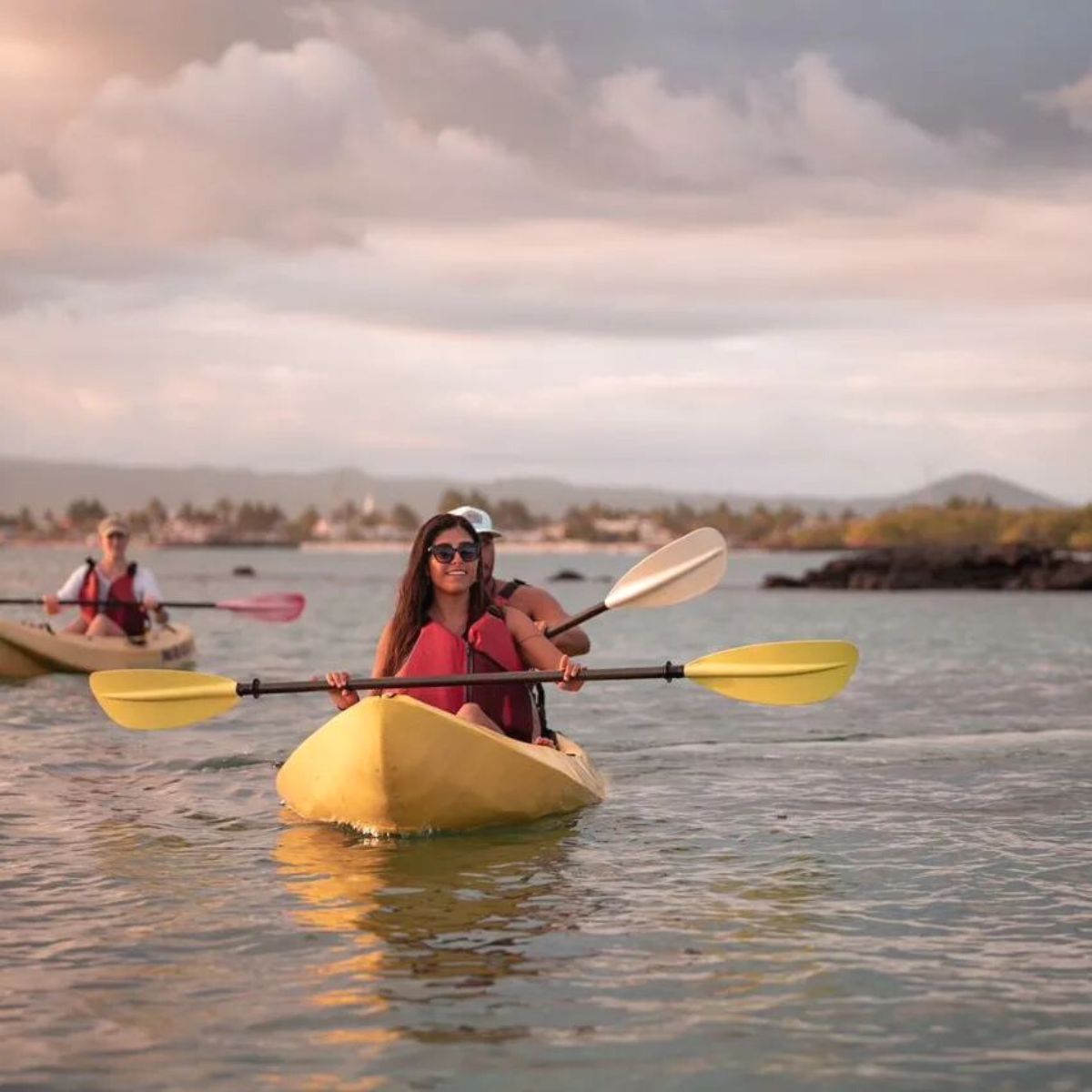
Tourism is a key industry in the Galapagos Islands, and visitors to the islands are required to follow strict regulations to help protect the unique ecosystem of the islands. The number of visitors to the islands is strictly limited, and tourists are required to travel with licensed guides who can help them to understand the unique features of the islands and the importance of conservation efforts.
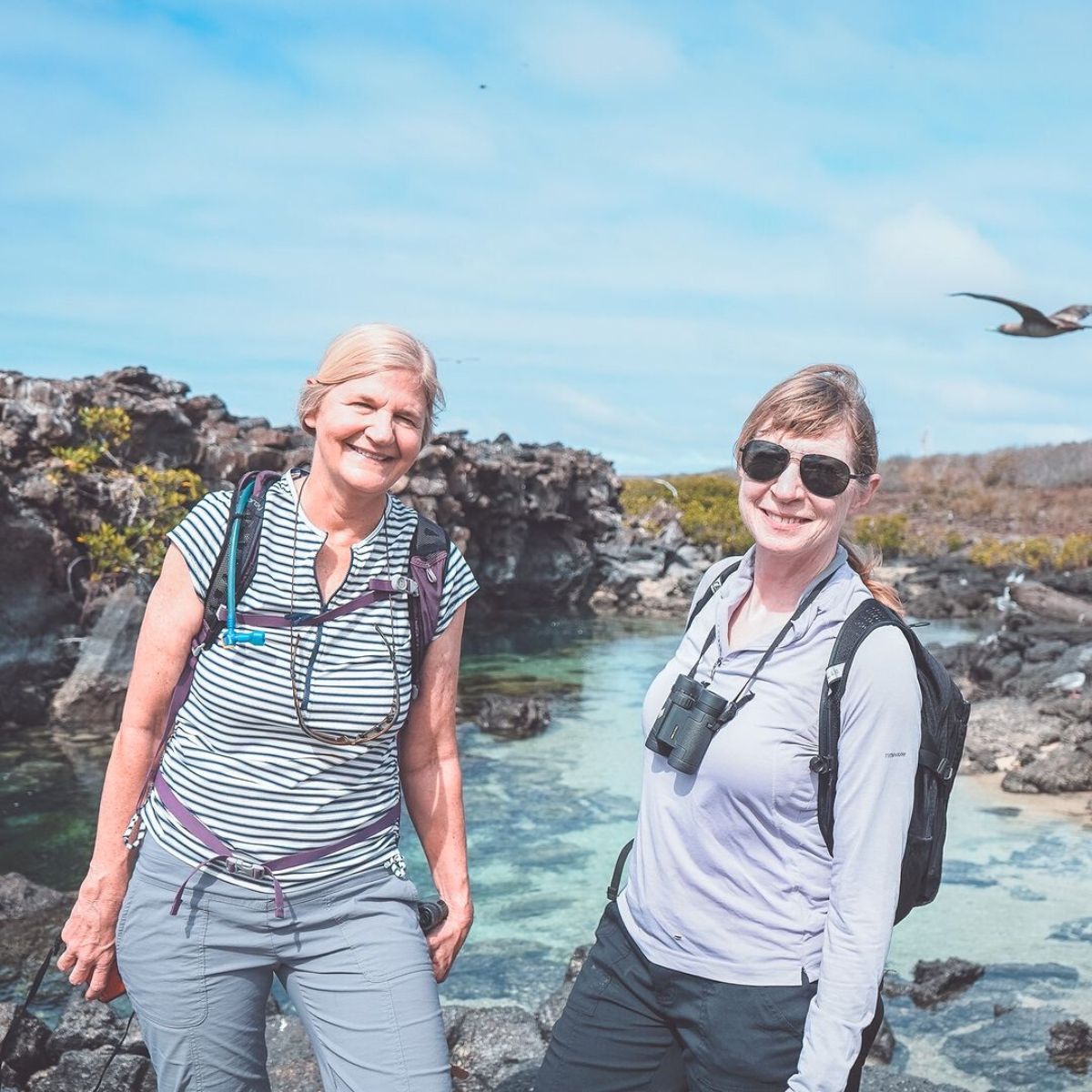
Visitors can explore the islands by foot, boat, or snorkel, and there is a range of tours and activities available to suit all interests whether you are interested in wildlife, flora, or simply the natural beauty. The islands are a unique and fascinating place, known for their incredible biodiversity and rich history.
If you're planning your summer trips already, these magical islands must be on your travel bucket list for sure!
Feature image: @ini_globista.

